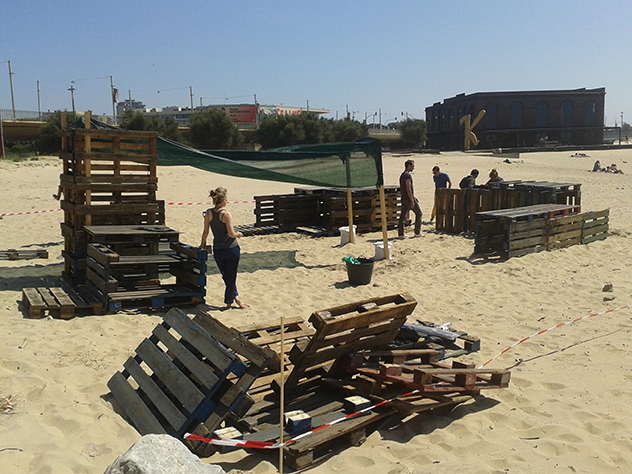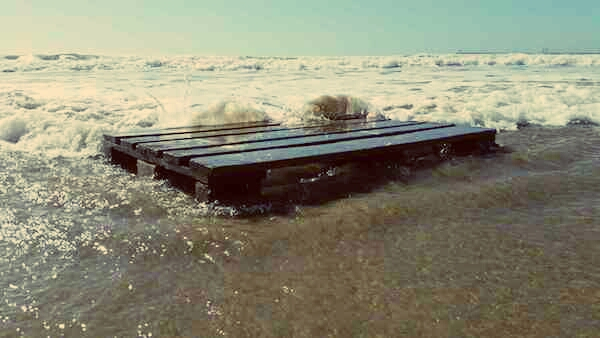Building Together with the Tides in Porto Portugal
A ten-days research project at Porto from July 13 to 24th, 2015
In the Greek myth on the labyrinth, Ariadne offers a surprising solution to overcome a hopeless, life-threatening situation, by implementing a different mode of thinking and doing. Ariadne and her woollen thread thus emblematize a powerful method of not accepting the eternal dead end, of re-structuring the mode of thinking, of re-orienting oneself along a practice of ceaseless moving. The thread of Ariadne showed us a way out of the web of disorientation which was woven by the given logic: Ariadne became and is a figure of transformation and change through creativity.
To create a hands-on ‘common contemporary imaginary’ by building a labyrinth on the beach of Porto: that was at the core of this research project Peter Stamer realized together with collaborators and citizens in 2015. On low tide, we ‘danced’ and traced the outlines of a labyrinth on the shoreline. On top of these movement traces, we built multiple and ever-changing man-size labyrinths, using euro-pallets and driftwood. As every six hours the tide came in and washed the outlines away, the layouts had to be continuously retraced. With this procedure we established a working methodology that adapted to and wove in the site-specific condition of the forces of the sea. We envisioned the beach as an agora on which everyone could participate in both formulating and building an imaginary of politics of togetherness.
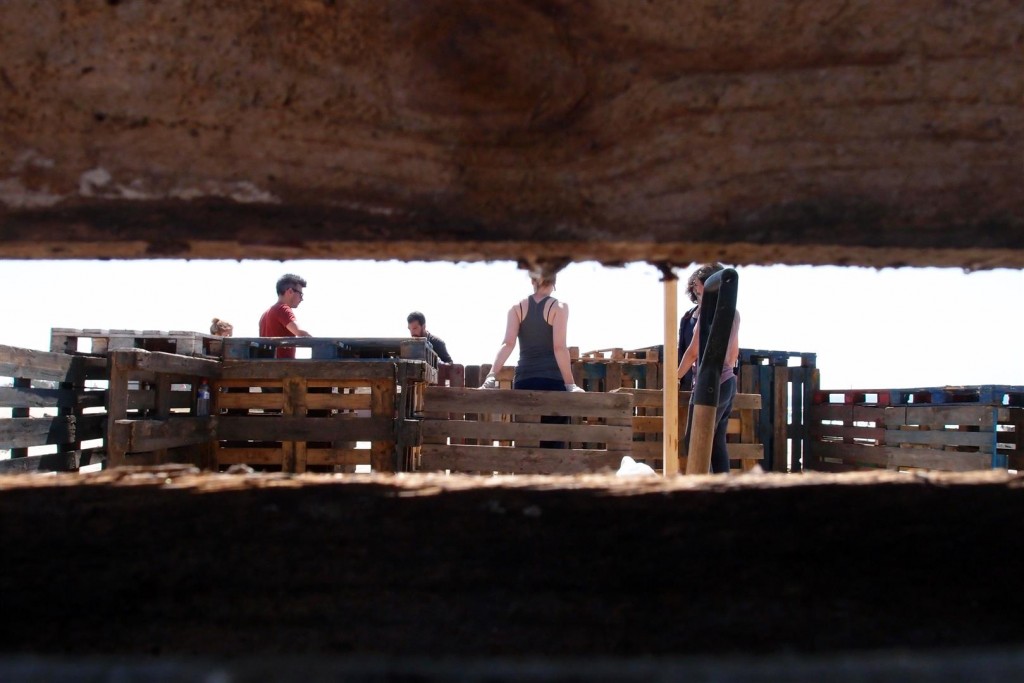
We work alongside the moon’s forces. We are lunatics.
„The labyrinth is at once architectonic construction and dance. It engages with both dance and space at the same time, whereby its walls on the dance floor were apparently formed by the chorus, i.e. the bodies of the chorus of dancers in a round dance. The connection between body and motion on the one hand and space and architecture on the other was thus already inscribed into dance in mythology,“ as German dance scholar Gerald Siegmund writes in a dance essay. Exploring and setting in motion the aforementioned connection between body/movement and space/architecture, it is by overcoming borders of methodologies and transgressing the limitations of initial knowledge (architects habitually build for movement whereas dancers create through movement) that our collaboration in this project developed new procedures to rethink the city as a common place for a shared (political) vision.
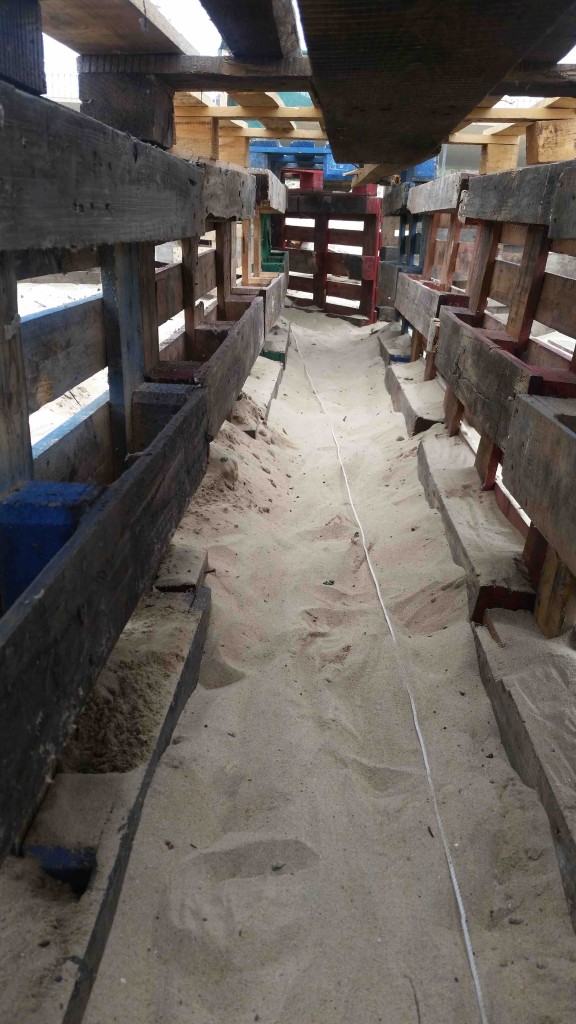
We envisioned the beach as an agora on which everyone should be able to participate in both formulating and building an imaginary; the International Beach of Porto being one of the main resorts of public life in the city, accessible without having to pay for, democratic in its terms of use, showing the entire variety of Porto’s general population without class or status distinction, provides an ideal stage for encounters, detached from the hectic routines of urban dwelling. The beach’s wide horizon invited to ponder and helped to imagine a politics of togetherness which gained visibility in the building of the labyrinth as common objective.
Ariadne
In the Greek myth on the labyrinth, Ariadne offers a surprising solution to overcome a hopeless, life-threatening situation, by implementing a different mode of thinking and doing. Ariadne and her woollen yarn thus emblematize a powerful method of not accepting the eternal dead end, of re-structuring the mode of thinking, of re-orienting oneself along a practice of ceaseless moving. The thread of Ariadne shows a way out of the web of disorientation which was woven by the given logic: Ariadne is a figure of transformation and change through creativity.
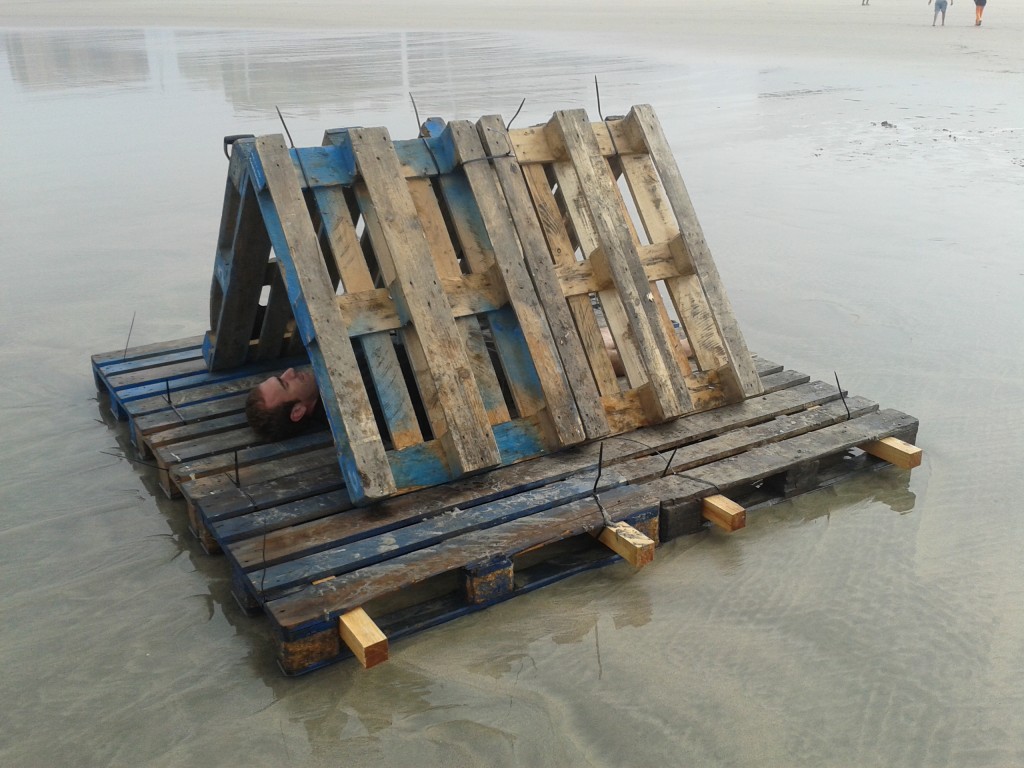
Ariadne’s symbolic power bears some exemplary impulses when one looks at the contemporary development of a city like Porto. The second biggest city of Portugal has witnessed an ongoing social decline latest since the European monetary crisis. Caused by a restructuring process effectuated by late-capitalism’s trend to dismiss industrial production and agriculture/fishing in favour of the service sector, the sea, once being the most important economic resource of the harbour city Porto, can no longer provide for those who have been earning a sufficient living for their families. It is as if Porto is in dire need of Ariadne’s mode of thinking: People losing their jobs, citizens leaving the city, a tremendous ‚brain drain’ in the last decade, real estate being sold to international speculators, corruption of politicians and rising mistrust in representative democracy have turned the general prospects of and for civil engagement somehow to a zero point.
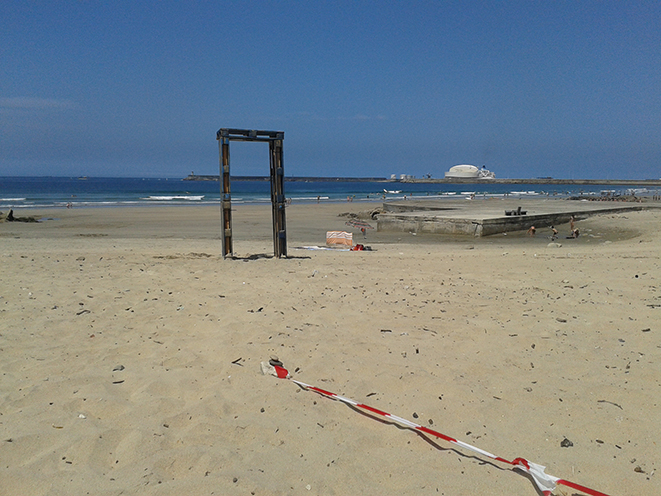
In the face of such a development, we are convinced that practices of dancers, architects, artists should take on social responsibility that reaches out to the society. We are nourished by the conviction that exercising citizenship needs a public area to try out and play, to speculate and work together. In particular the feeling of sharing responsibility together, of taking one’s ideas seriously, of sharing a ‚common contemporary imaginary’ the project Ariadne wants to weave several threads to find ways out of the maze of common habits, cultural prejudices, and social shortcomings we tend to get lost in.
The project Ariadne on the Beach is conceived by Peter Stamer, Silke Bake, Jorge Gonçalves, Ana Rocha, Bernardo Amaral, and Vírgula i. The 2015 research was supported by the city of Porto, the national Directorate-General for the Arts Portugal, Goethe Institut Porto, and bka Bundeskanzleramt Österreich.
